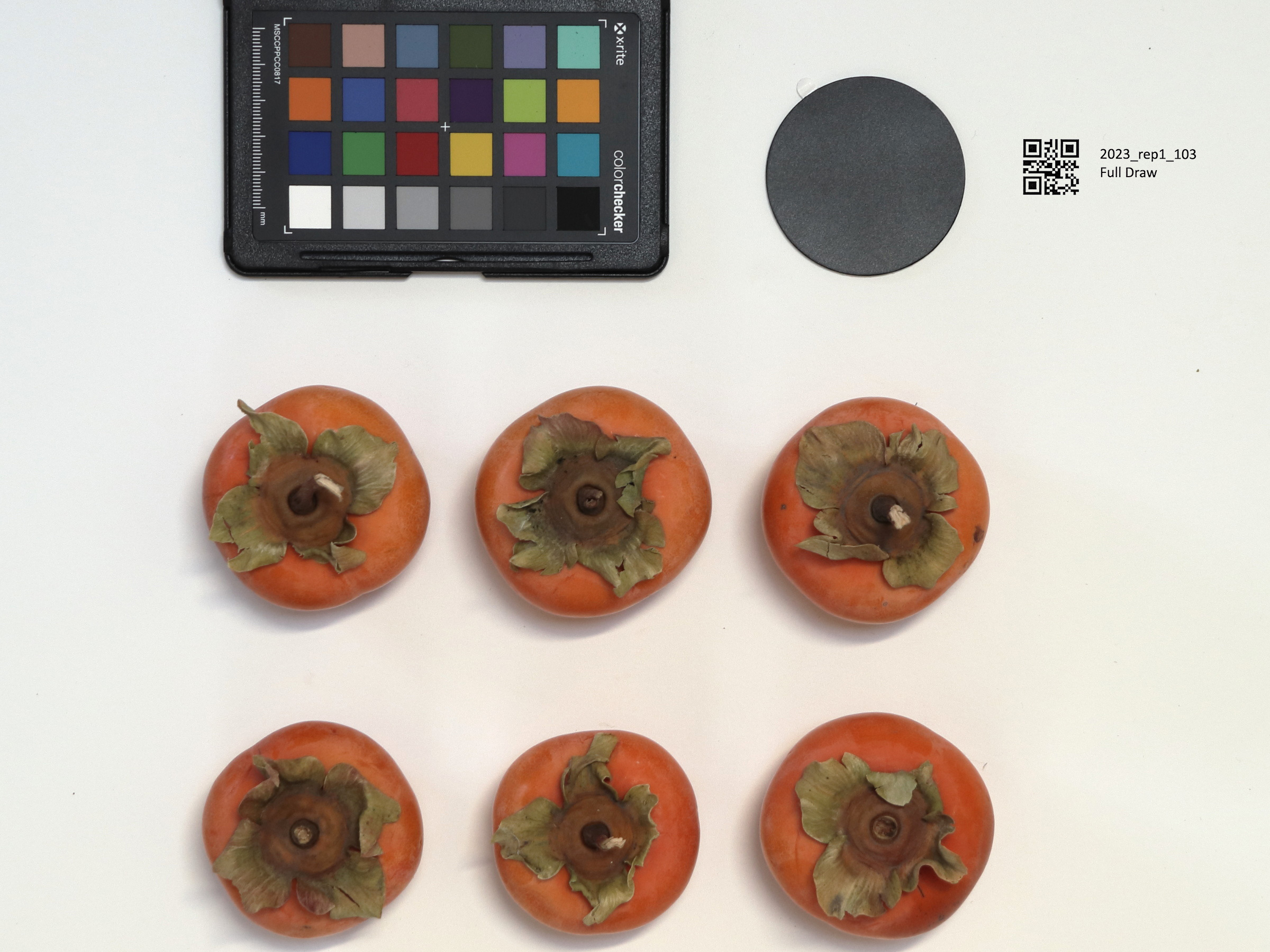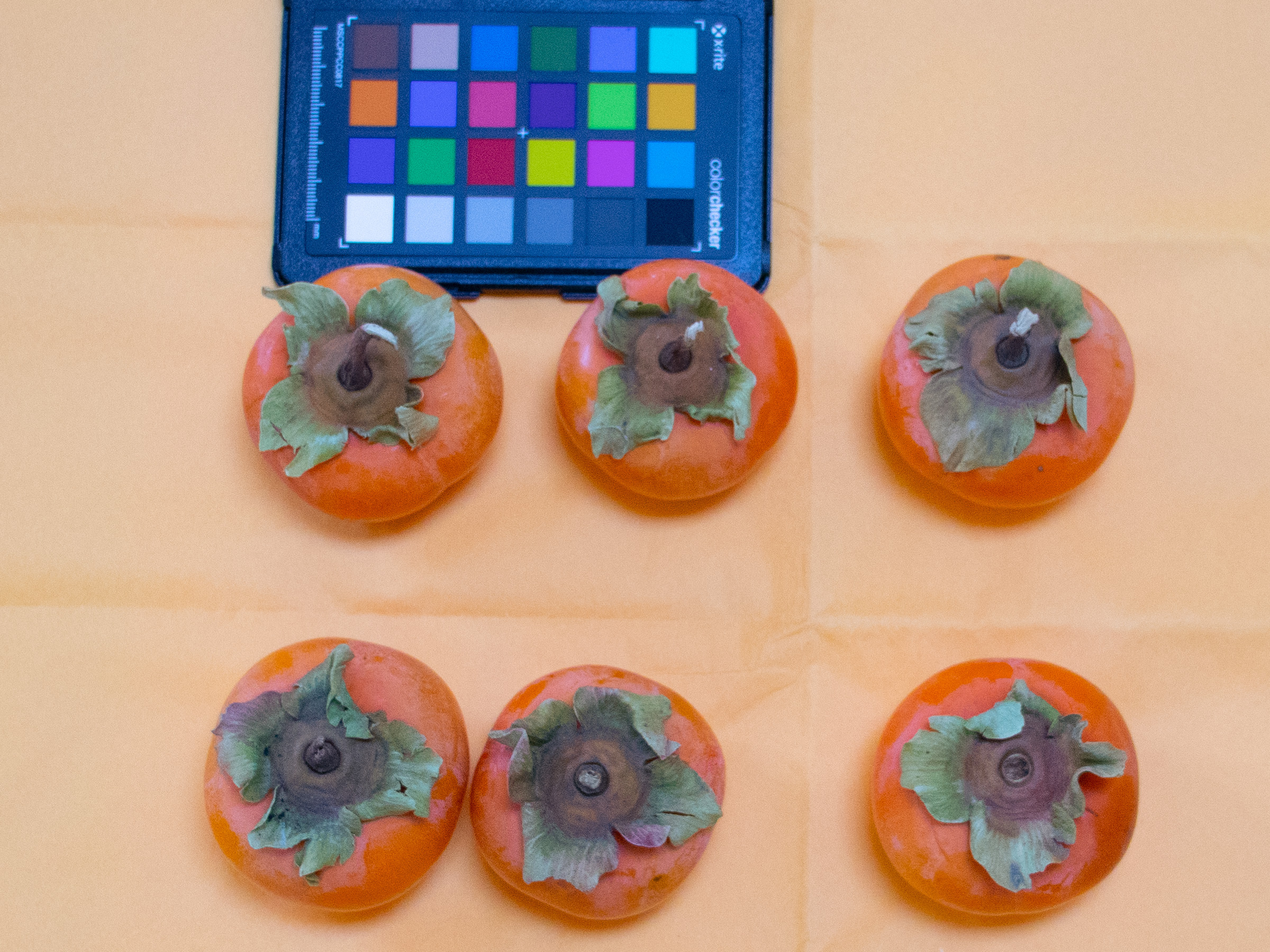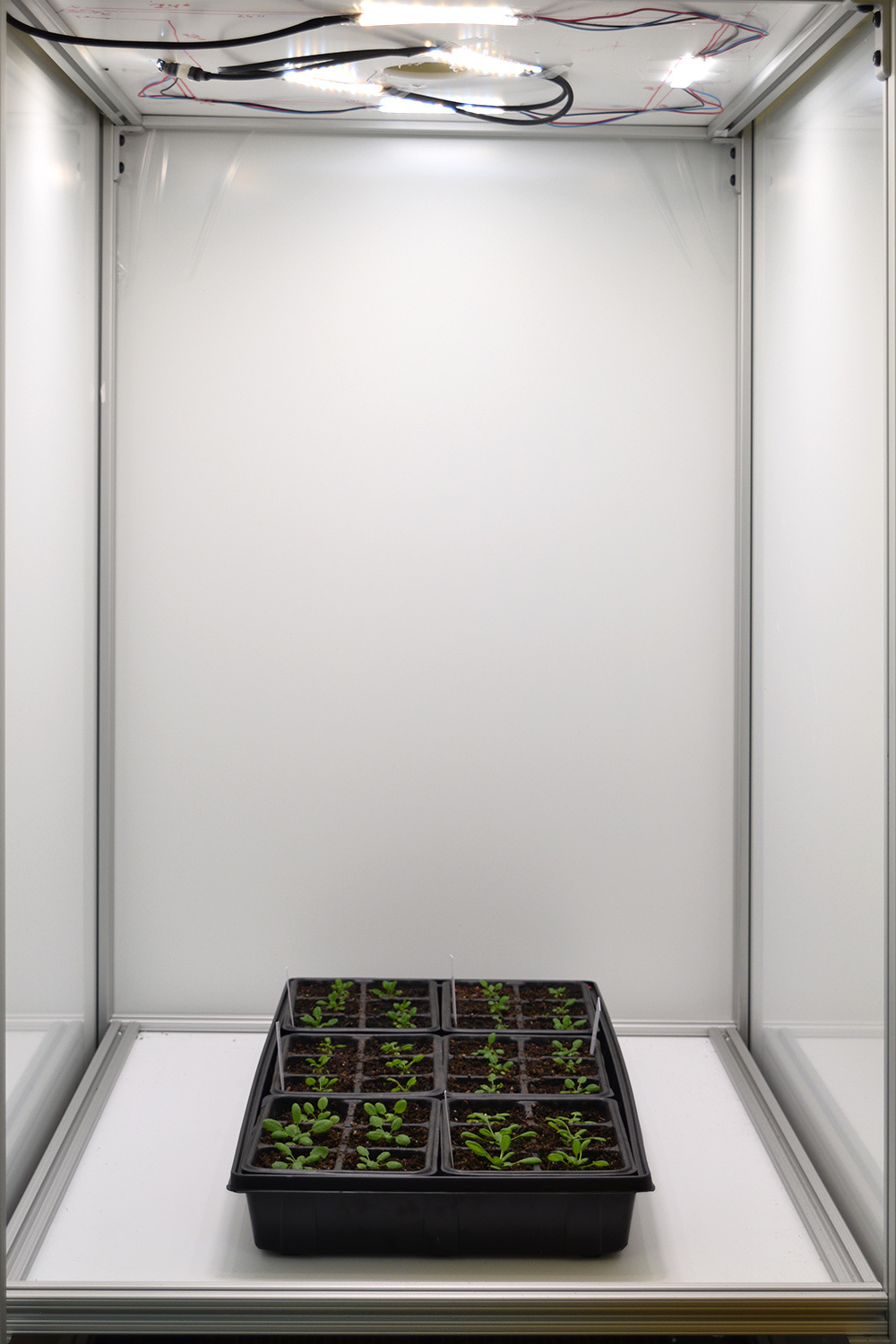Image Acquisition
Best Practices and Getting Started
Proper image acquisition is the basic starting block for success and makes many more things possible for analysis.
Proper image acquisition is the basic starting block for success and makes many more things possible for analysis.
Lab- or field-based imaging platforms can measure many traits- size, shape, color, morphology- in a fraction of the time it takes to measure by hand.
Breeding Insight’s team is here to help you with every step of the process, from designing the image capture platform to analyzing the results.
Good data starts with good images. The more consistent you can keep your image capture protocol, the more accurate your results will be.
Move the slider to compare the two images.


| Image Feature | High Quality Image | Low Quality Image |
|---|---|---|
| Spacing | Objects are separated and regularly spaced | Objects are touching and out of alignment |
| Background | Background is neutral, uniform, and distinct from objects | Background is irregular, color is similar to objects |
| Size Marker | Circular marker to calibrate image size | No marker for size calibration |
| Labels and Codes | Both a QR code and human readable label are present | No identification for sample tracking or labeling |
| Camera Position | Camera was positioned directly overhead and level, so distortion is minimal | Camera was held at an angle, resulting in straight lines in the scene appearing curved/angled in the image |
| Camera Setting | Setting white balance in-camera renders color accurately | Use of auto white balance causes an artificial blue color cast |


Consider how your current image capture could be changed to make it more consistent, include markers for size and color, and utilize arrangement to get the best images possible and therefore, more useful analysis.
Have questions or need support with improving your image analysis?